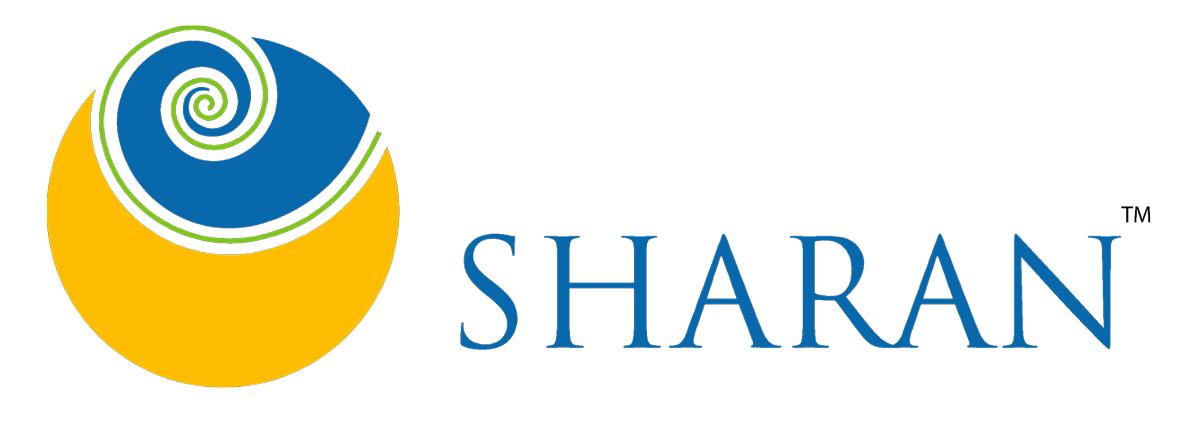-
SHARAN/Most Common Queries/Plants are living beings. Why is it okay to eat them but not animals?
Plants are living beings. Why is it okay to eat them but not animals?
Some animals are herbivores, some carnivores, and yet others omnivores. Because of our anatomy and the structure of our digestive system, we are herbivores and not omnivores as is commonly believed. To explain it simply, unlike an omnivore, we’re unable to kill, tear apart, and devour the animals that we eat, with our bare hands and teeth. Nor do we eat the whole animal, as do carnivores or omnivores. We take off the skin, then we take out the bones and then hack it, cook it and eat it. An omnivore does not need to do this and will eat its prey from head to tail, hair and all. Nature is not usually wasteful.
Nature does not prefer any one species over another. When a lion attacks a zebra, he manages to get the weakest of the herd. This helps the survival of the species by strengthening the gene pool. When we raise animals for food, we actually weaken them before eating them. We are not strengthening any species. However, plants need us and other herbivores to eat them in order to propagate their seeds and even to prune them. In nature, all life is interconnected and every species has its own niche.
In 1997 the FAO and WHO, released a document called ‘Livestock’s Long Shadow’, which explains how the livestock we raise for food produces more greenhouse gases than all the vehicles on the planet. We are destroying ourselves through global warming and we are destroying our health by eating animals that are not meant for our anatomies.
